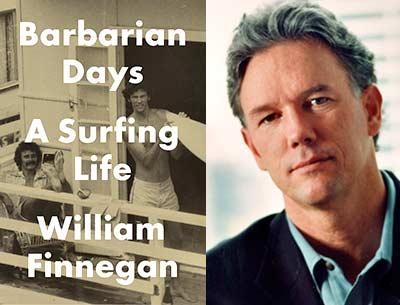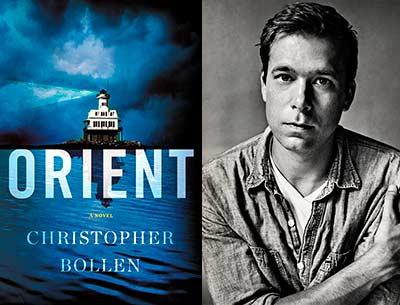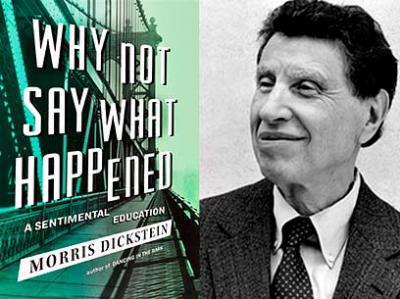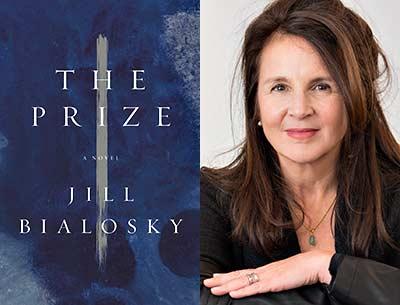It’s a Major Novelist Twofer
It’s a Major Novelist Twofer
Fall is here and the roads are clear. Maybe it’s time to take a straight midweek shot down the highway to the graduate school ghost of Southampton College, the geographical mouthful Stony Brook Southampton, to give a listen to two important American novelists, Jane Hamilton and Ann Packer, as they open the off-season’s Writers Speak series.
Ms. Hamilton, in some ways the bard of the great state of Wisconsin, is the author of “A Map of the World,” one of a number of her books set there and populated by sympathetic characters. Her next one, “The Excellent Lombards,” is due out in the spring.
Ms. Packer, a Northern Californian, made a splash with her debut novel, “The Dive From Clausen’s Pier.” Her latest, from earlier this year, is “The Children’s Crusade.”
The two novelists will read on Wednesday at 7 p.m. in the Radio Lounge, upstairs in Chancellors Hall on campus. The free gathering will start with a reception at 6:30 and wrap up with questions for the authors and a book signing.
Coming down the pike, reader-wise, are Roger Rosenblatt, who has a novel coming out in January, in conversation with David Lynn, the editor of The Kenyon Review, on Oct. 14; the poet Bob Holman on Oct. 21; Arlene Alda and her new oral history, “Just Kids From the Bronx,” on Nov. 18, and Willie Perdomo, whose 2014 collection of poems, “The Essential Hits of Shorty Bon Bon,” was a finalist for a National Book Critics Circle Award, on Dec. 2.
For those looking to enroll in the M.F.A. program in creative writing and literature, the Oct. 14 talk will be preceded by an open house at 5:30. Students now in the program will conclude the series on Dec. 9 with a reading of their own.




